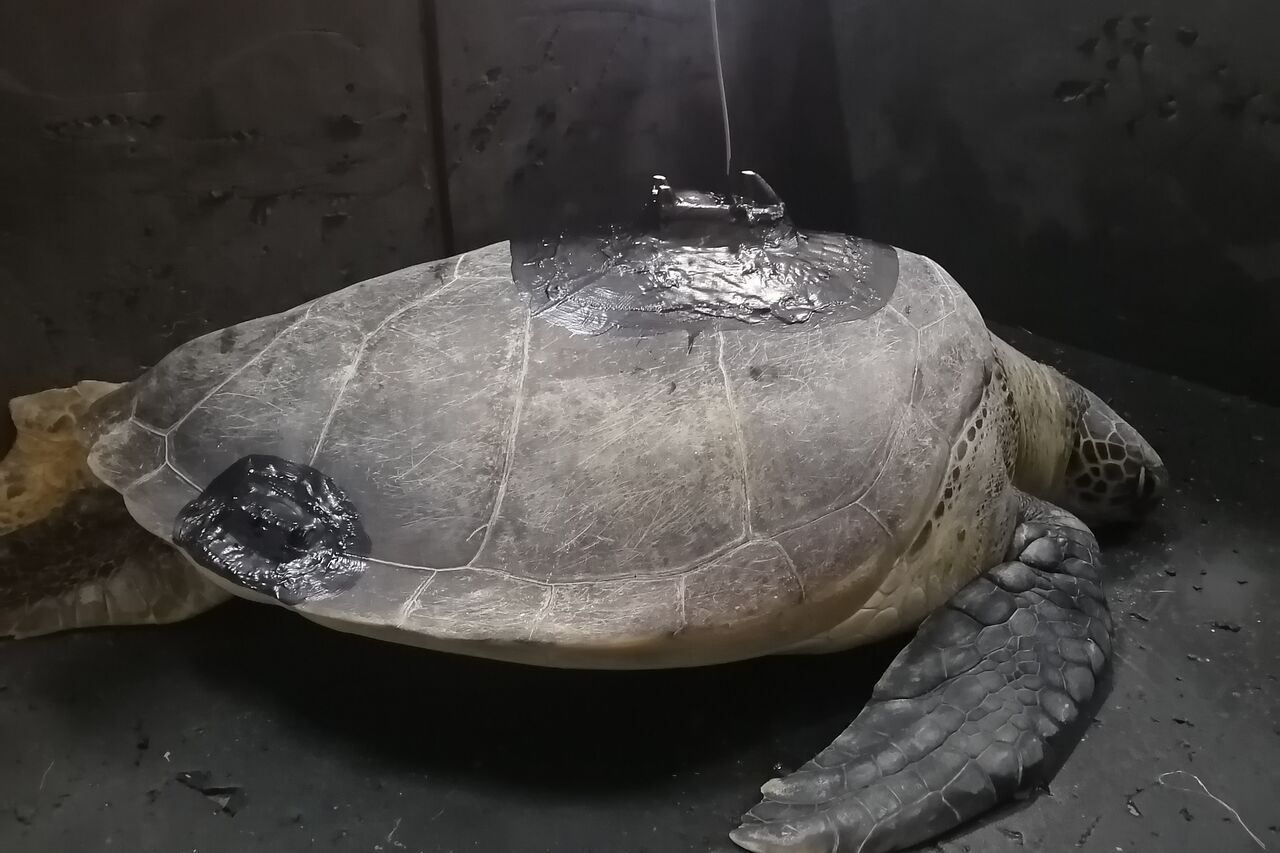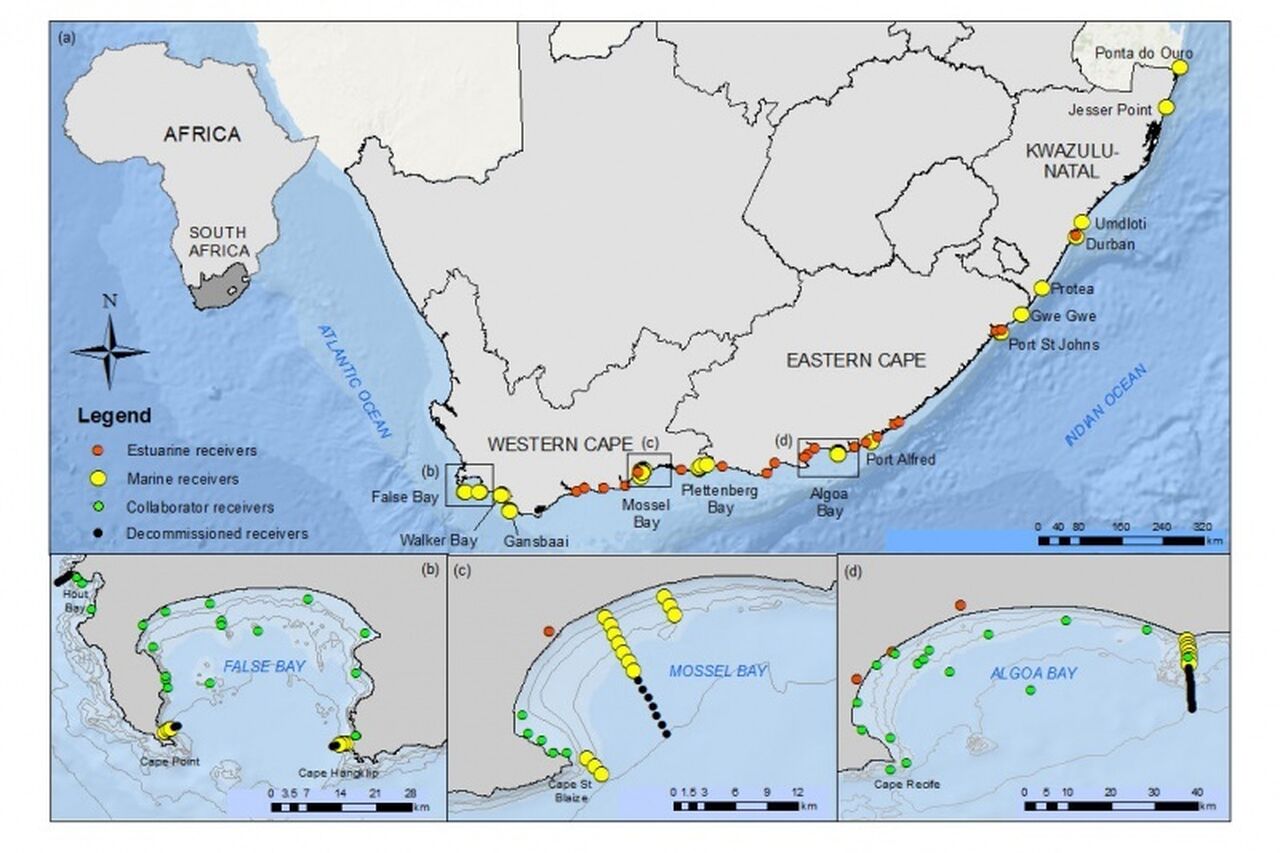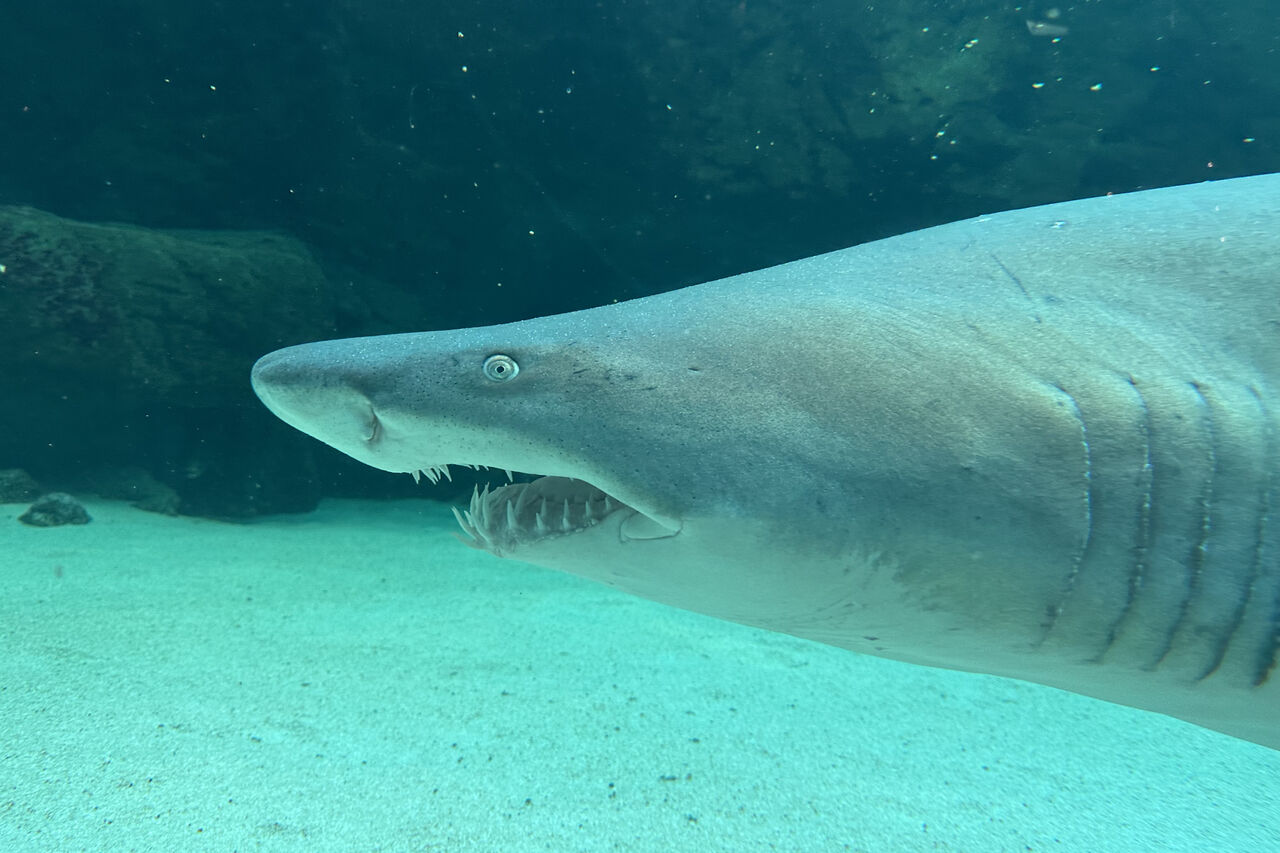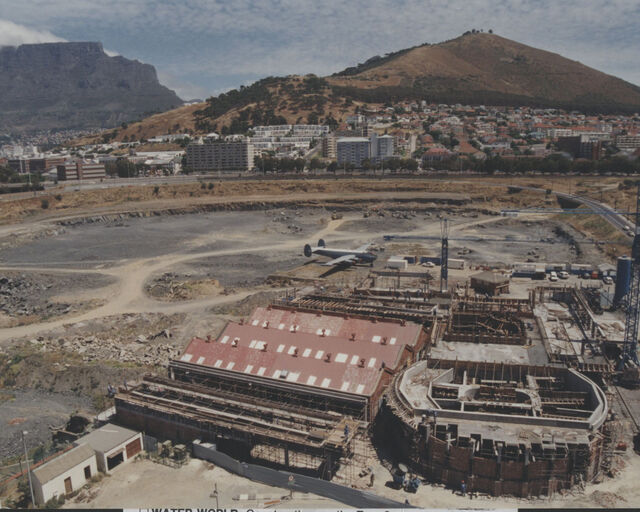South Africa is home to incredible terrestrial and marine wildlife. Widespread conservation efforts are vital in keeping track of these species to protect them for future generations. Conservation requires observation: to protect these animals, researchers must understand their movements and behaviours.
This is where tagging comes in – tagging allows us to gain a deeper understanding of breeding sites, migration patterns, growth rates, and distribution. At its core, tagging is about identifying the movements of individual animals. But together, these individual movements can tell the bigger story of the species as a whole and how we can protect them.
Most people don’t realise there are multiple tagging methods beyond the commonly recognised satellite tag (like the one that allows us to track Bob’s journey). Acoustic tagging, for example, is one such method. The Acoustic Tracking Array Platform (ATAP) is managed by the South African Institute for Aquatic Biodiversity (SAIAB), an internationally renowned centre for the study of aquatic biodiversity. SAIAB is one of the leading scientific resources for understanding aquatic systems in marine and freshwater contexts around the world.
What is an acoustic tag?
Acoustic tagging makes use of two pieces of equipment: tags and receivers. Acoustic tags can be surgically implanted, fed (using fish as bait), or externally attached. The tags transmit a high-frequency noise, or sound signal, between 20 and 180 seconds. These signals can be heard as far as half a kilometre away.
Acoustic receivers are pieces of equipment anchored to the sea floor or placed in estuaries (where the sea and river meet). Receivers record the sound signals with the date, time, and unique ID code of the tag that passes it. The accuracy of receiving depends on the position of the tag relative to the receivers, background noise to the ping’s frequency, and the speed of sound through water. Transmissions to the base can range from 1 to 25 kilometres.
The period an animal can be tracked depends on the tag’s battery life, which can last between three months and ten years! The study duration is also determined by attachment efficacy and data complexity. Remember, Bob was fitted with an acoustic tag as well as his satellite and flipper tags, allowing us to track him for up to a decade!
Acoustic tagging is now the most popular way to track the movements of aquatic animals. This has led to the development of many large-scale acoustic telemetry networks across the globe.

So, what is the ATAP?
The ATAP, which officially began in 2011, is a network of acoustic receivers covering approximately 2 200 kilometres of the South African coastline from False Bay to Ponta do Ouro at the border of Mozambique. As a collaborative marine science programme, the ATAP provides a tracking service to the greater marine science community by collecting information on the movements and migrations of acoustically tagged inshore marine animals. They also monitor in situ temperature data.
South Africa’s network of receivers is maintained by the South African Institute for Aquatic Biodiversity (SAIAB) and its local collaborators, with the data collected being stored on a national database. The metadata is shared on the ATAP network and thus contributes to the scientific community.

How is the Aquarium involved?
The Two Oceans Aquarium, and our Foundation, have an invaluable working relationship with researchers from SAIAB and the ATAP. Firstly, the ATAP supports the Foundation’s rehabilitation and release programmes at the Turtle Conservation Centre. Bob is fitted with an acoustic tag, and tagging plans for consequent releases are in motion.
Over the past ten years, the ATAP has been recording the movements of our tagged and released ragged-tooth sharks. These sharks, housed in the Save our Seas Foundation Shark Exhibit, play a vital role as conservation ambassadors. The ATAP is working with our Foundation and Shark Spotters to learn more about three shark and ray species: lesser guitarfish, spotted gully shark, and common eagle ray. The last two are currently housed at the Aquarium.

The knowledge provided by acoustic tagging data is a window into the elusive world of marine life, giving insight into how humans can help conserve their populations. In this endeavour, the ATAP provides their highly valued expertise to the Aquarium and Turtle Conservation Centre’s work. To learn more about the ATAP, check out their website and keep an eye on our blog for more exciting projects in the future.




